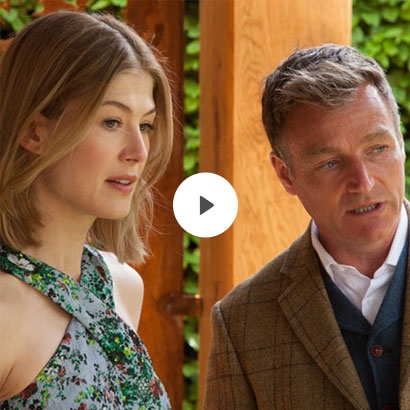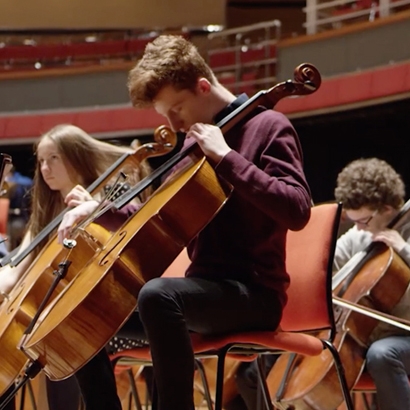Designer Chris Beardshaw tells how he draws inspiration from the fractal connections between music and nature for the design of this year’s Morgan Stanley Chelsea Flower Show garden.
Patterns found in nature, music, art and social communities are inspiring my design for this year’s Morgan Stanley Garden at the Royal Horticultural Society’s Chelsea Flower Show. Although seemingly irregular, unrelated and chaotic, patterns that show up in music and nature have a commonality explained by fractal geometry.
This intriguing mathematical connection between patterns found in nature and music have led to the development of specific line, form, and texture within the design for this year’s garden. An example lies in the design of the garden’s loggia, which I have created as an open-air performance structure, and with a roof inspired by a tumbling leaf perched on sculpted oak columns.
An important aspect of the broader project is to provide educational opportunities for young people, so we were delighted to work once again with the children of Stebon Primary School, in East London. They studied vein and cell pattern in foliage, creating paintings that formed the basis for a print to be used on the ceiling of the loggia. The loggia is being donated to the school after the show to facilitate outside learning and performance opportunities.
A Pure Connection
Additionally, in the early stages of the design I explored how some music, classical music in particular, conforms to fractal geometry.
Pieces by Mozart and J S Bach inspired the contrasting character, flow and emotional response I was hoping to create within the two sections of the garden. I have often thought that the orchestration of a garden must share similarities with the orchestration of music and that both possess a pure connection with and influence over our emotional response to our experience of them.
Keen to explore this, we enlisted the National Youth Orchestra of Great Britain and their principal composer, 17 year-old Lauren Marshall, to create a piece of music inspired by the design principles of the Morgan Stanley garden. This has been a fascinating experience to witness and we hope has proved a rewarding experience for the orchestra who will play Lauren’s music back to the garden. For me this completes the circular design process: A garden inspired by natural patterns, using music to guide the design of the emotional narrative of viewers, and giving a contemporary composer the experience to express her impression of that garden through soundscape.
We will also be showcasing three pieces of sculpture within the garden from U.S. based artist, Craig Schaffer. It is exciting to meet and share ideas and concepts with other designers and artists, especially when the final result conveys key additional artistic dimensions. Craig’s sculptures have also been inspired by fractal geometry in nature.
To make this garden very personal I decided to return to my plant nursery roots this year, in the Cotswolds. It’s in this extraordinarily beautiful part of the UK, and within an Edwardian walled garden, that I have been cultivating thousands of herbaceous plants. Preoccupied with the need for these horticultural specimens to be on song for the show I am now at risk of boring myself in daily ruminations about weather, watering and feeding regimes! But I wouldn’t have it any other way – it’s been great to get back to what I love most about my line of work – the glory of plants themselves.
After the show the garden will be repurposed across three different community and school schemes in East London so we will be assisting the urban greening charity Groundwork to rehome the Chelsea garden providing catalyst schemes that further community involvement, education and interaction via garden spaces for years to come.



